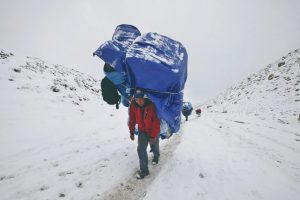
For ordinary people, climbing Everest (hereinafter referred to as “Mount Everest”) is a contest with death; however, for Sherpas, climbing Everest is their daily routine. Why do they have such superpowers?
Mountain that is hard for ordinary people to conquer
Mount Everest is the highest mountain in the world. The environment is very harsh. The average annual temperature is below -20℃, and the lowest temperature reaches -60℃. If you stay there without insulation measures, people will freeze to death within a few hours; The air there is also very thin and the oxygen content is extremely low. At an altitude of 5,000 meters, the oxygen content is only half of that on the plains. At the peak of 8,800 meters, the oxygen content is as low as a quarter. In this environment, it is impossible to breathe normally, and oxygen cylinders must be carried; there are still glacier cracks in many places, and it is difficult to cross over without auxiliary equipment.
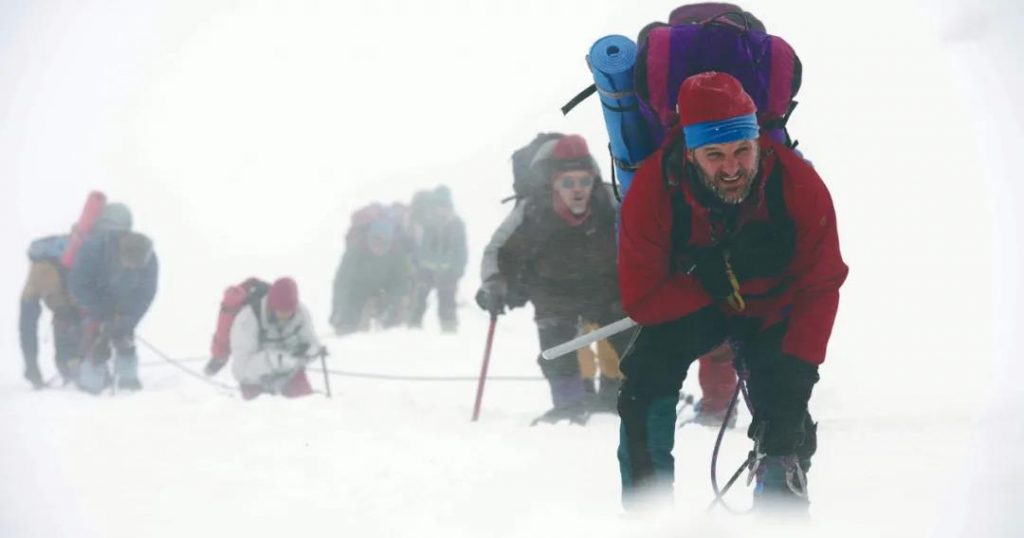
Climbing Mount Everest is a very difficult task for ordinary people.
A climbing trip that is hard to walk
Wearing thick thermal clothing, oxygen cylinders, climbing equipment and other devices on your back, climbing at an altitude of more than 5,000 meters is difficult for ordinary people; even experienced mountaineers die during the climb Accidents also happen from time to time. Therefore, people who climbed to the top of Mount Everest are often able to stay in history.

The climber’s body “green boots” on Mount Everest is one of the most famous “road signs”. He has been lying here for 27 years.
Since the first record of human climbing Mount Everest in 1922, although about 5,000 people have successfully climbed the summit, hundreds of dead bodies have been left on Mount Everest. Some have been buried in ice, snow or soil, some are still buried. Being exposed in the same place has even become a signpost for latecomers. Most of the corpses were not removed because the environment on Mount Everest was harsh, it was difficult for people to walk without burdens, and it was difficult for helicopters to get close. Only climbers who died at lower altitudes were likely to be removed.
The magical climbing superman
However, the Sherpas who live in the Himalayas (the mountain range where Mount Everest is located) not only do not need to carry oxygen cylinders, but can also carry dozens of kilograms of heavy objects. In fact, the first person in the world to reach the summit of Mount Everest was Sherpa Tenzin Norgay, and the group with the largest number of people on the summit of Mount Everest in the world was also Sherpa.
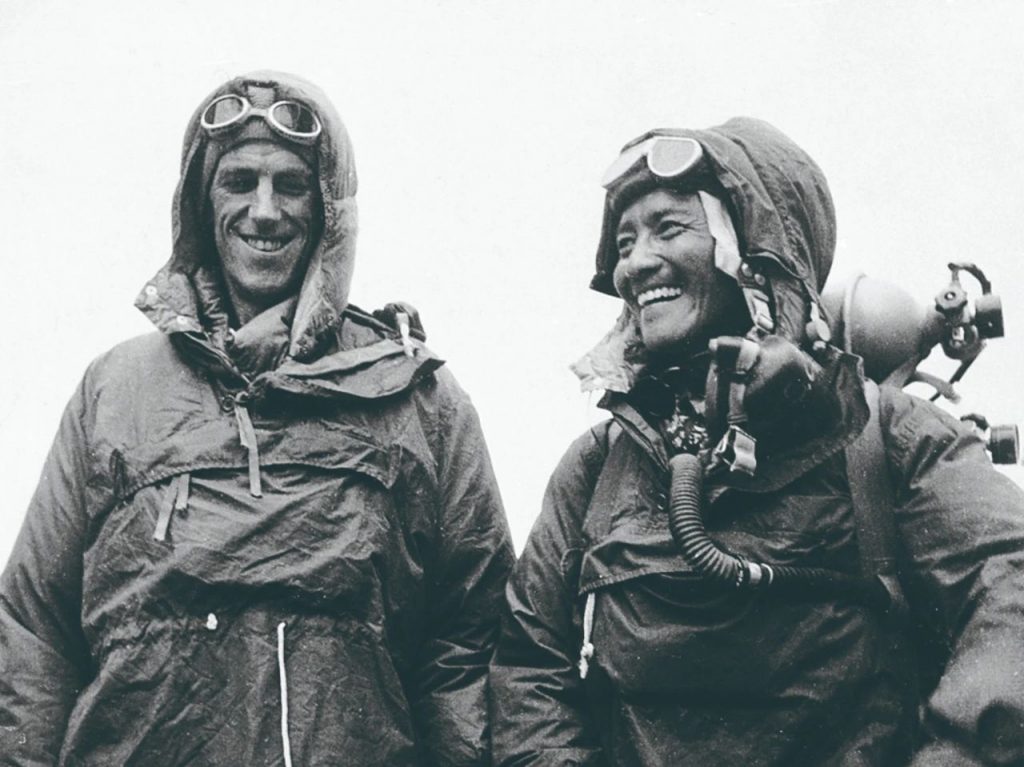
New Zealander Edmund Hillary (left) and Sherpa Tenzin Norgay (right) were the first people in the world to climb Mount Everest.
Why are Sherpas different from ordinary people? They live at an altitude of about 4,700 meters. The air is thinner. The muscle cells of Sherpas are different from ordinary people. The mitochondria in the cells can convert less oxygen into more energy, that is, as long as they inhale With a small amount of oxygen, they can get the same energy as normal people. Therefore, they can climb freely on high mountains.
Climber’s porter, bodyguard and nanny
After learning about the capabilities of the Sherpas, people who come to climb Mount Everest will look for them as mountain guides and carry supplies up the mountain. Over time, many mountaineering companies have been established in the area to organize and train Sherpas to serve climbers. They not only lead the way, transport supplies, but also clear the way, such as digging a passage in the snow and erecting a ladder on a very dangerous glacier crack. ; They will also guarantee the safety of climbers, such as observing the physical condition of climbers at any time, if there is danger, they will take them back; Sherpas will even take care of the climbers’ daily life, cooking rice, boiling water , Making beds, etc.
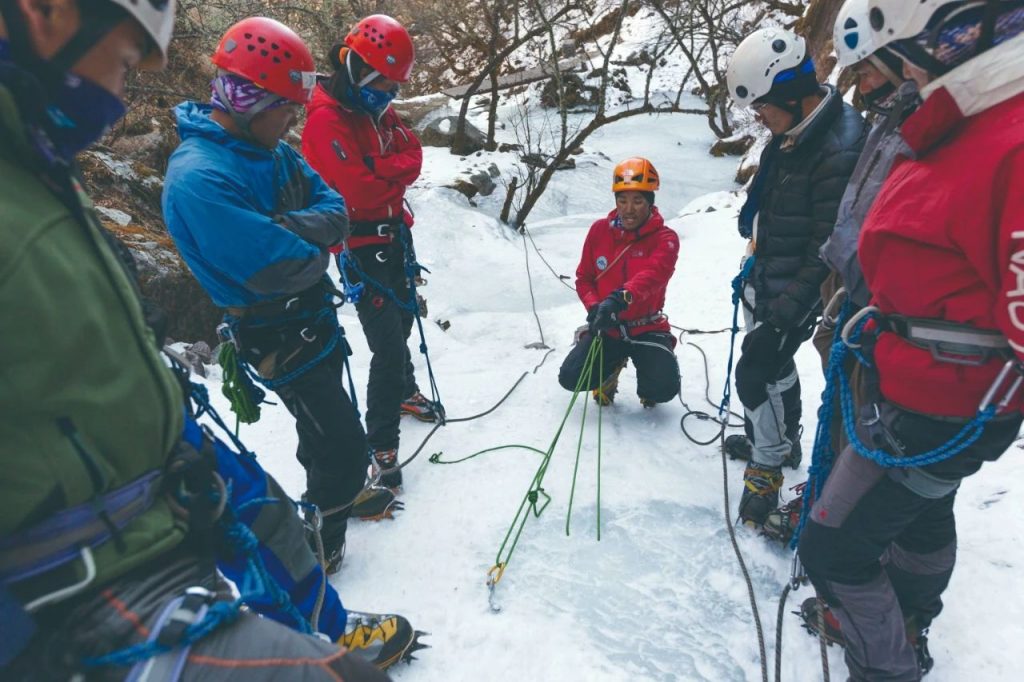
Sherpas who have been certified as mountain guides demonstrate how to use ropes to other Sherpa students.
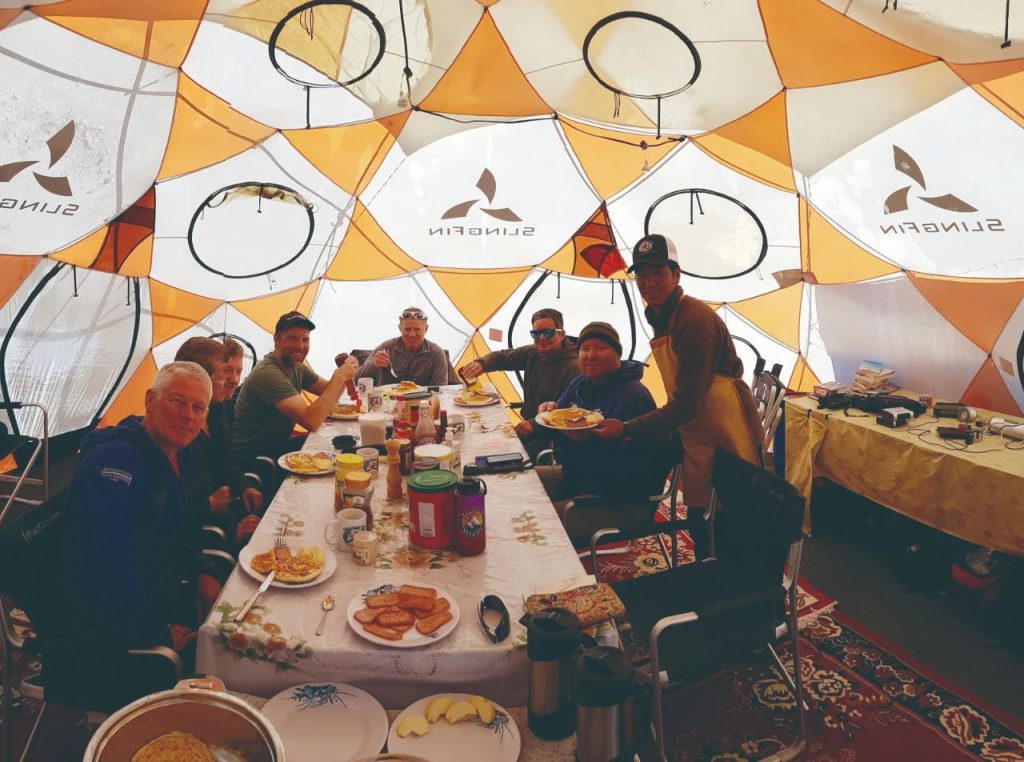
Sherpas cook food for climbers

The Sherpa guide is resting at the Mount Everest camp.
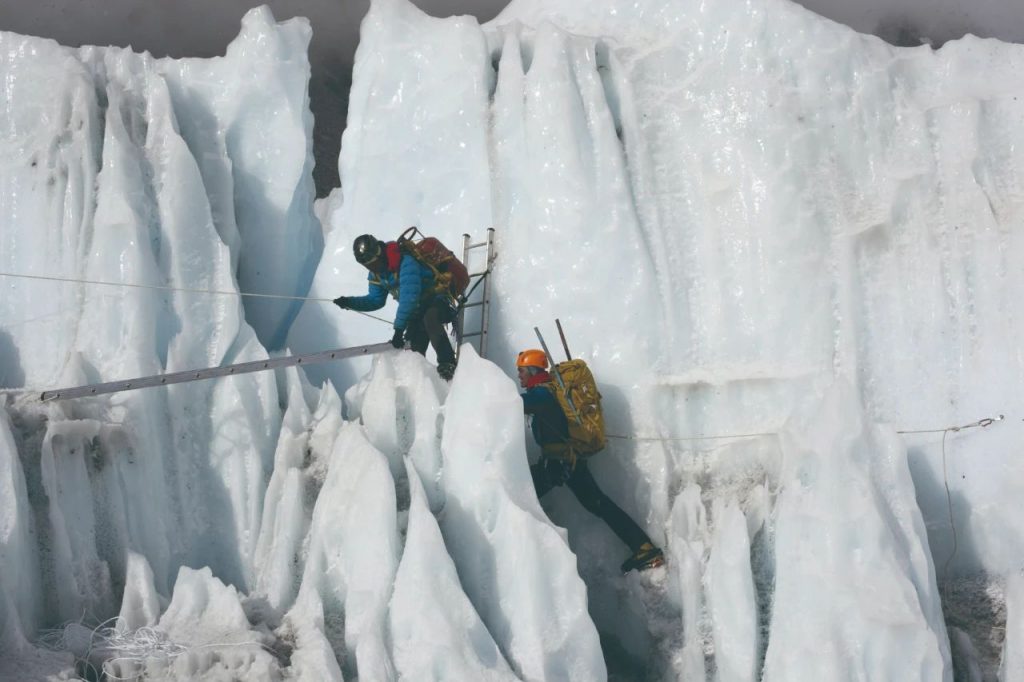
Two Sherpas are erecting a ladder in a crack in the glacier. Climbers are at high risk of dying when they pass these places.
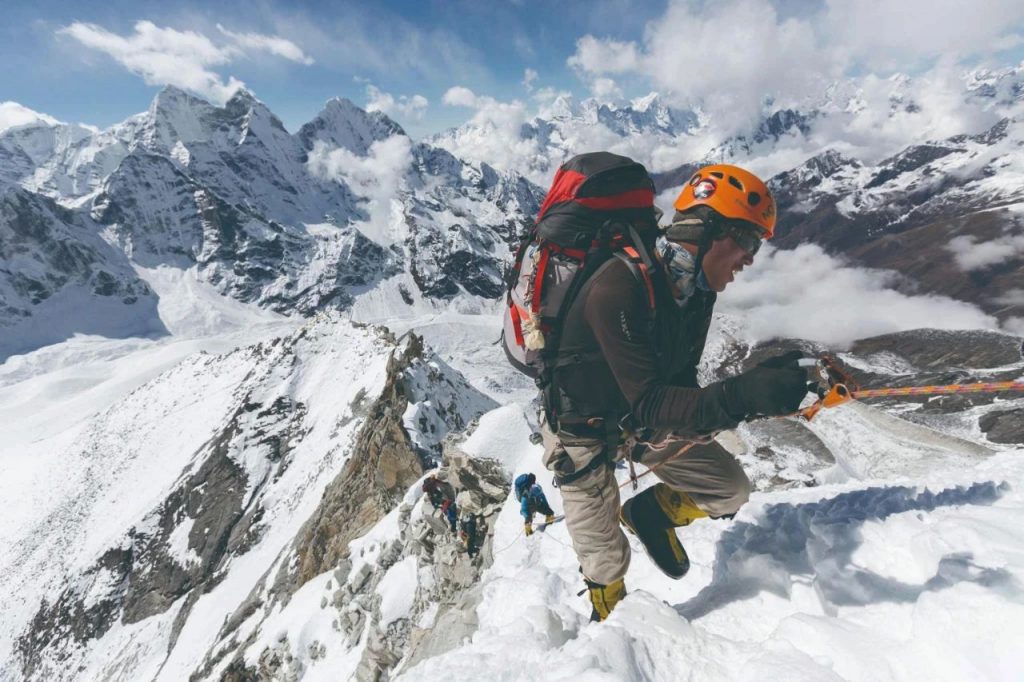
The Sherpa at the front tied the rope to the ice rock so that the climbers at the back could hold it tightly during the ascent.
With the help of the Sherpas, not only professional climbers but also amateurs can experience the excitement of climbing Everest. Now, with the help of the Sherpas, the success rate of climbers to the top of Mount Everest has reached 70%.
Dangerous occupation
Many Sherpas have become mountain guides in order to improve their income. However, this career is full of risks. Although the Sherpas have super strong human body and rich mountaineering experience, the weather on Mount Everest is varied. Dangers such as ice storms, avalanches, and landslides may occur at any time, and their lives are also at great risk. In 2014, an avalanche occurred on the southern slope of Mount Everest, killing 13 Sherpas. In 2019, the death rate of Sherpa mountain guides ranked first in the world, higher than that of soldiers.
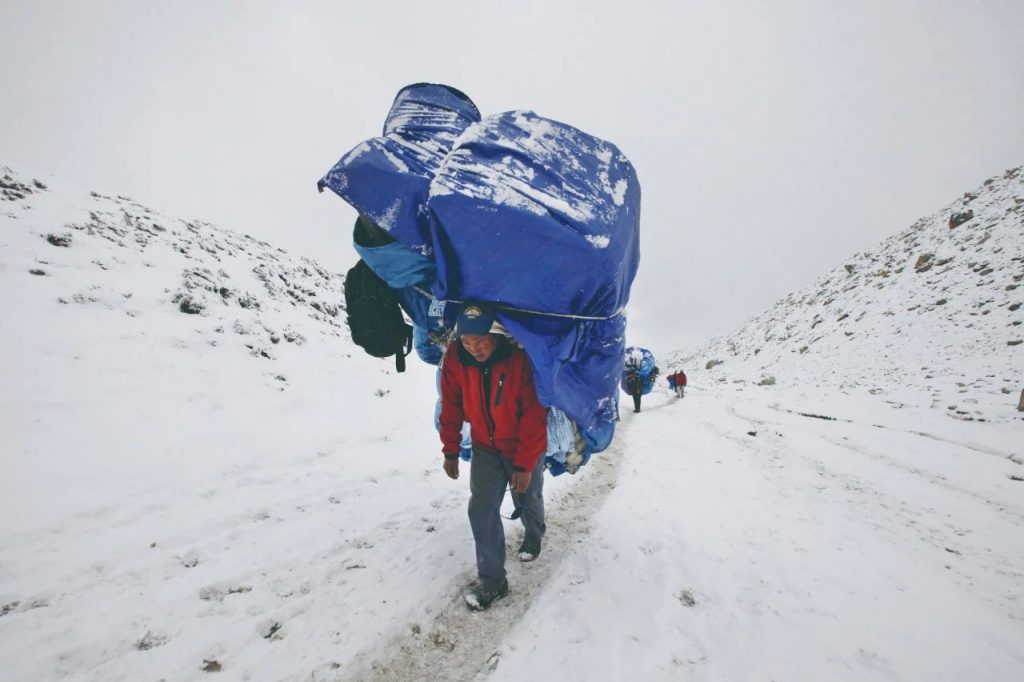
A team of Sherpas moved climbing supplies to a camp on Mount Everest.
Some organizations have begun to provide more professional mountain guide training for Sherpas so that they can work more safely and reduce casualties.
In any case, the Sherpas are true climbers.
Comments